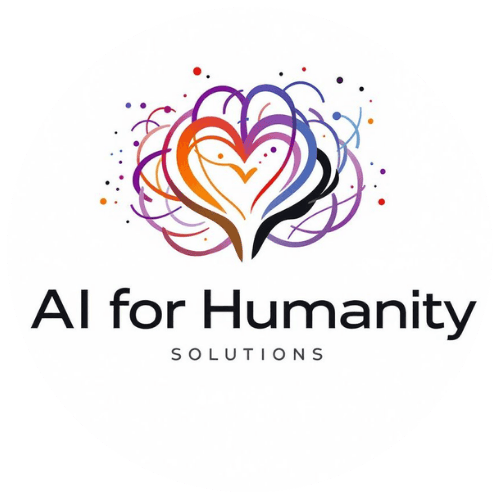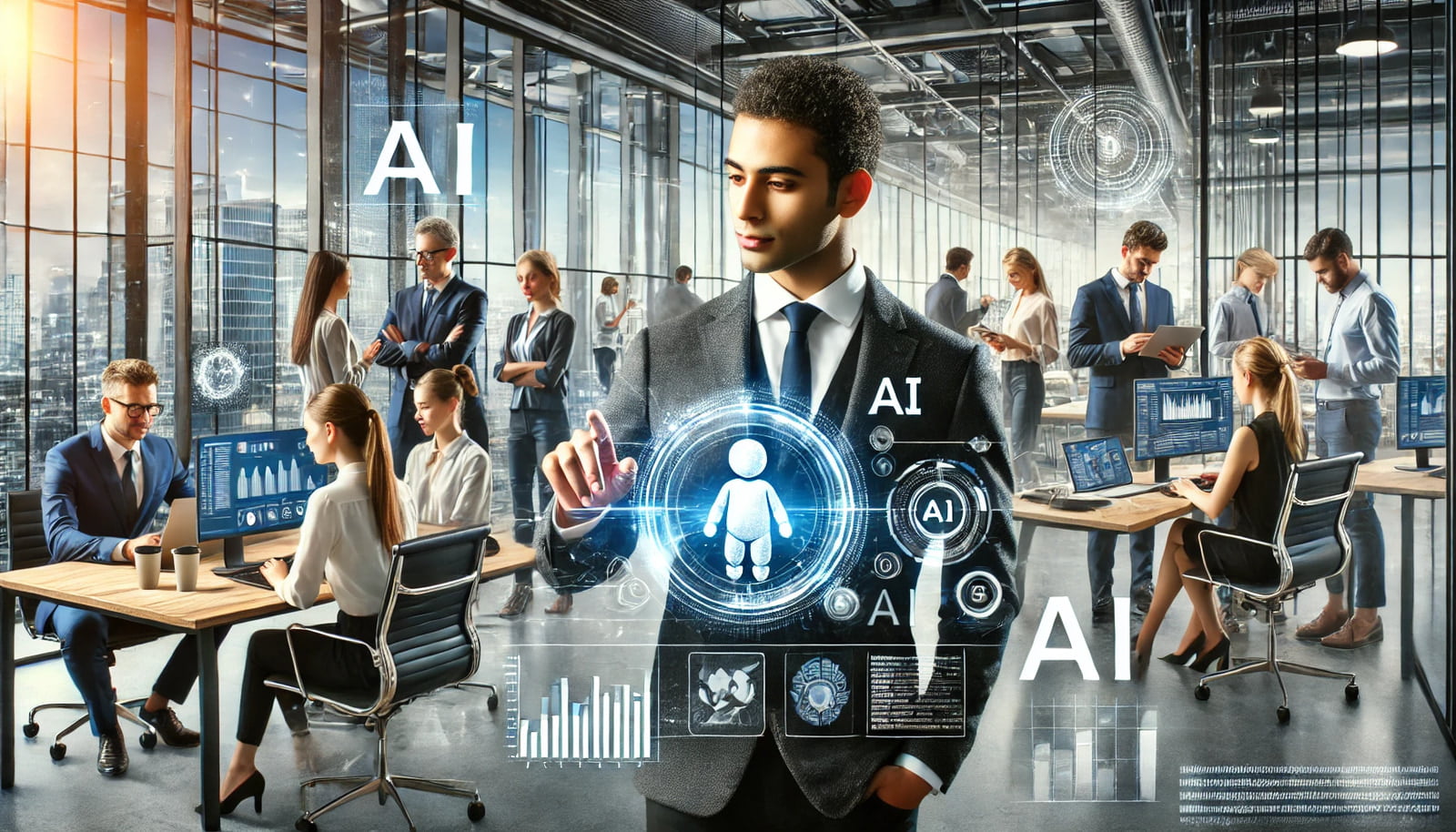
A Comprehensive Guide to Business Integration and Readiness

Introduction:
As artificial intelligence (AI) continues to reshape industries across the globe, businesses of all sizes are faced with the challenge of integrating these transformative technologies into their operations. This comprehensive guide will walk you through the essential steps of AI readiness, explore key use cases, and provide insights into the future of work in an AI-driven world.
Assessing AI Readiness:
Before diving into AI integration, it's crucial to evaluate your organization's readiness. Consider the following key areas:
a) Technology Infrastructure:
Assess your current hardware and software capabilities.
Determine compatibility with AI tools and platforms.
b) Potential AI Use Cases:
Review business processes for automation opportunities.
Identify tasks that can benefit from AI-driven insights.
c) Data Quality and Availability:
Ensure data is clean, structured, and accessible.
Implement data management best practices.
d) Skills and Training:
Identify skill gaps in your workforce.
Provide AI training and upskilling programs.
e) Compliance and Ethics:
Ensure AI applications meet regulatory standards.
Develop guidelines for ethical AI use.
AI Readiness Checklist:
To further assess your organization's AI readiness, consider these questions:
People:
- Do your employees have basic knowledge of AI concepts?
- Are there training programs available for upskilling in AI?
- Is there a culture of innovation and continuous learning?
Process:
- Are your business processes documented and standardized?
- Do you have a clear strategy for integrating AI into existing workflows?
- Are there defined metrics for measuring the impact of AI?
Technology:
- Is your current IT infrastructure capable of supporting AI applications?
- Do you have access to quality data and the tools necessary for data analysis?
- Are there cybersecurity measures in place to protect AI systems?
Generative AI Tools and Resources:
Understanding the landscape of generative AI is crucial for successful integration. Some key tools and resources include:
OpenAI's GPT-4: Advanced natural language processing and text generation.
DALL-E: AI-powered image creation based on text descriptions.
Hugging Face Transformers: A comprehensive library for natural language processing tasks.
Industry-Specific Use Cases:
AI is transforming various sectors. Here are some notable examples:
Healthcare:
Use Case: Predictive analytics for patient care, reducing hospital readmissions.
"AI is transforming healthcare by enabling predictive analytics and personalized medicine." — Dr. John Smith, AI Healthcare Specialist.
Education:
Use Case: Personalized learning experiences through AI-driven educational tools.
"With AI, we can tailor educational experiences to meet the unique needs of each student." — Jane Doe, Education Technology Expert.
Finance:
Use Case: AI in fraud detection and risk management.
"AI enhances financial security and operational efficiency." — Michael Brown, FinTech Innovator.
Small Business:
Use Case: Automating customer service and marketing with AI chatbots.
"AI allows small businesses to operate more efficiently and compete with larger enterprises." — Sarah Lee, Small Business Owner.
The Changing Face of Work: Role Transformation
As AI becomes more prevalent, many traditional roles are evolving. Here's a glimpse of how some positions are transforming:
- Data Entry Clerk → AI Data Analyst
- Customer Service Representative → AI Customer Support Specialist
- Traditional Marketer → AI-Driven Marketing Strategist
- Financial Analyst → AI Financial Consultant
- Manufacturing Worker → Robotics Technician
- Administrative Assistant → AI Workflow Coordinator
Emotional Intelligence and Critical Thinking in the AI Era:
While AI excels at data processing and analysis, human skills like emotional intelligence and critical thinking remain crucial. These skills are particularly important in:
- Understanding and managing emotions in AI-human interactions.
- Crafting effective prompts for AI systems.
- Interpreting and optimizing AI outputs.
AI Training and Certification:
To prepare for the AI-driven future, consider pursuing specialized training such as the 1000XAI Certification Program, which covers:
- AI fundamentals and current trends
- Machine learning basics
- Natural language processing
- Computer vision
- AI ethics and compliance
Low-Code Development and AI:
Tools like Zoho Creator are making AI integration more accessible through:
- Drag-and-drop interfaces for application development
- AI tool integration for enhanced functionality
- Real-time analytics and reporting capabilities
AI Integration at Different Organizational Levels:
Tactical Level:
- Tools: AI chatbots, automated data entry
- Impact: Immediate efficiency improvements and cost savings
Operational Level:
- Tools: Predictive analytics, AI workflow automation
- Impact: Increased productivity and better resource management
Strategic Level:
Tools: Advanced machine learning models, AI-driven business intelligence
Impact: Competitive advantage and sustained business growth
Knowledge Management and AI:
- AI is revolutionizing how organizations capture, share, and utilize knowledge through:
- AI-powered knowledge bases with advanced search capabilities
- Collaboration platforms that facilitate information flow
- Enhanced decision-making and innovation through AI-driven insights

